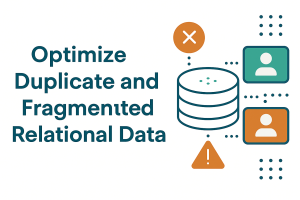Optimize Duplicate and Fragmented Relational Data for Better Insights
Here’s a pretty typical scenario that frustrates users, wastes time, and undermines your organization’s goals: a customer—or maybe a staff member—interacts with your business using slightly different information each time, and your systems treat each interaction as brand new. The result? Duplicate records, fragmented views, and operational inefficiency.
This seemingly small data issue has a huge impact on business outcomes—and it’s more common than you think.
How Duplicate Relational Data Happens
Sometimes, relational information is entered into your systems and no one notices the relationships. It might be different people in the same household or company. It might be the same person or same organization, entered multiple times with slight variations. It could even be product, location, or address data.
If this data were exactly the same, your system would likely catch it. Most modern platforms can update the original record or link new data to existing entries—if the match is exact. But that’s rarely the case.
Instead, because these new entries aren’t identical, the system treats them as new and unrelated, generating duplicate records or fragmenting what should be unified.
Duplicate Records Create Friction for End Users
For anyone using the system—sales, support, HR, IT—this can mean searching across multiple systems (or multiple times in one system) just to find accurate or complete information.
This could be:
A customer
An employee
A patient
A CEO
Or even a paramedic or police officer in the field
The stakes vary, but the issue is the same: duplicate or fragmented data forces users to work harder and makes it harder to trust what they find.
Why Duplicate and Fragmented Data Hurts Data Quality
This is one of the most common reasons we talk about data quality. It’s also one of the main reasons information can’t be reliably compared across systems. Often, businesses even end up replacing entire systems—not because the tech is broken, but because the data is.
And the cost goes beyond technology.
The Real-World Cost of Duplicate Data
Poor data quality—especially duplicate and fragmented records—leads to:
Higher operational costs
Employee burnout from manual reconciliation
Customer churn due to broken experiences
Failed strategic initiatives due to unreliable data
Reduced trust in business systems
It’s not just an IT problem—it’s an organizational performance issue.
You Can’t Expect Perfect Data, But You Can Do Better
There are millions of ways this kind of duplicate data issue can happen. And no one expects perfect data. But we can do much better than we’ve done historically—simply by understanding the problems and being proactive.
Real-Time Entity Resolution for Duplicate Data
Senzing developed a world-class Entity Resolution AI to solve exactly these challenges. It identifies related records in real-time—even when data is inconsistent, incomplete, or slightly off. It’s self-tuning, self-correcting, and works out-of-the-box to eliminate duplicate records.
Clean and Match Data with Match Data Pro
Match Data Pro makes data matching simple. We’ve partnered with Senzing to create a powerful, business-friendly platform that lets you clean, match, merge, and manage data across systems.
No technical background required. In just a few clicks, business users can:
Detect and resolve duplicate records
Unify fragmented data
Improve reporting, analytics, and system trust
Reduce manual cleanup and operational friction
Final Thoughts: Better Insights Start with Duplicate-Free Data
If your business systems don’t recognize the relationships within your data, they’re working against you. Duplicate and fragmented relational data creates confusion, slows productivity, and leads to inaccurate insights.
With modern tools like Senzing and Match Data Pro, any business can take control of their data and eliminate duplicate issues—quickly, affordably, and without complexity.

